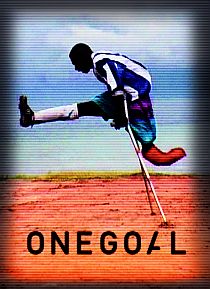


Anna von Lowzow: P. S. Krøyer/ 2

Birte Overlade spørger i en bemærkning (se højre spalte) til et blogindlæg fra 24. marts 2008 om von Lowzows film om Krøyer og kunstnerkolonien i Skagen hvilken stor kærlighedshistorie jeg refererer til, når jeg skriver, at de to medvirkende Jon Holden Dahl og Jette Thage meget bedre selv og alene kunne have fortalt ”den historie om Krøyer, vi alle sammen kender i alle detaljer, én gang til, på en ny måde og med deres værdige varme og ro.” For sådan er det, ”vi hører jo gerne de store kærlighedshistorier igen og igen…”
Jamen jeg tænker da i første række på kærlighedshistorien med Marie og Søren Krøyer. Og allerførst på hvordan de begge skildrer den i deres billeder. Dernæst – og nu kommer de referencer, som er mine, dem jeg lige havde i tankerne, da jeg skrev så kortfattet irriteret efter at have set filmen: Ole Wivel: Rejsen til Skagen, 1977, Jens Smærup Sørensen og Franz Ernst: Lyset over Skagen, 1986 (filmmanuskript), Marianne Saabye: P. S. Krøyers Fotografi, 1990 (udstilling og bog), Jacob Thage, red.: Portrætter fra et ægteskab, 1997 (udstilling og bog).
Marie og Søren Krøyers kærlighedshistorie er en stor kærlighedshistorie, en af dem ”vi” (altså jeg) gerne hører atter og atter. Som Marguerite Duras’ og kineserens (hendes to romaner), som jeg er så optaget af lige nu, hvor Elskeren fra Nordkina er kommet i dansk oversættelse, som Célines og Lilis (skrevet frem i hans sidste romaner), som Harriet Bosses og August Strindbergs (på den måde Lagercrantz skildrer den i sin biografi) og som Goethes og Ulrike von Levetzows kærlighedshistorie (fuld af fryd og smerte foldet ud i Martin Walsers roman Ein liebender Mann, 2008).








